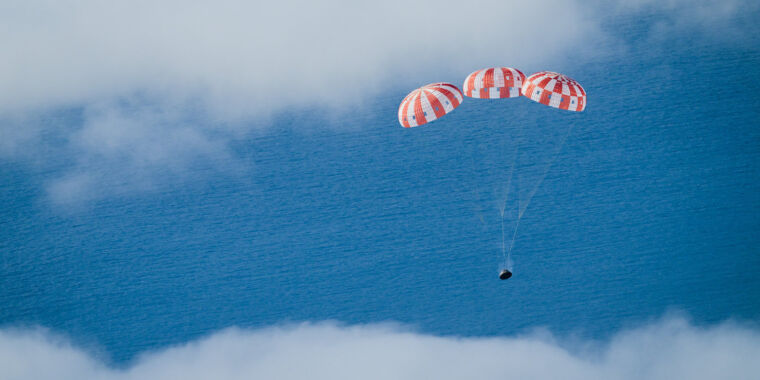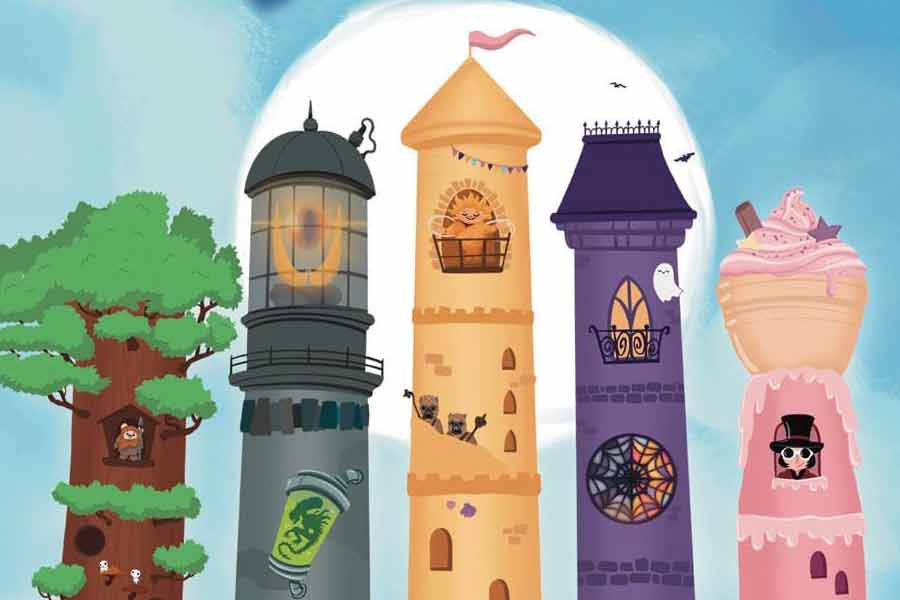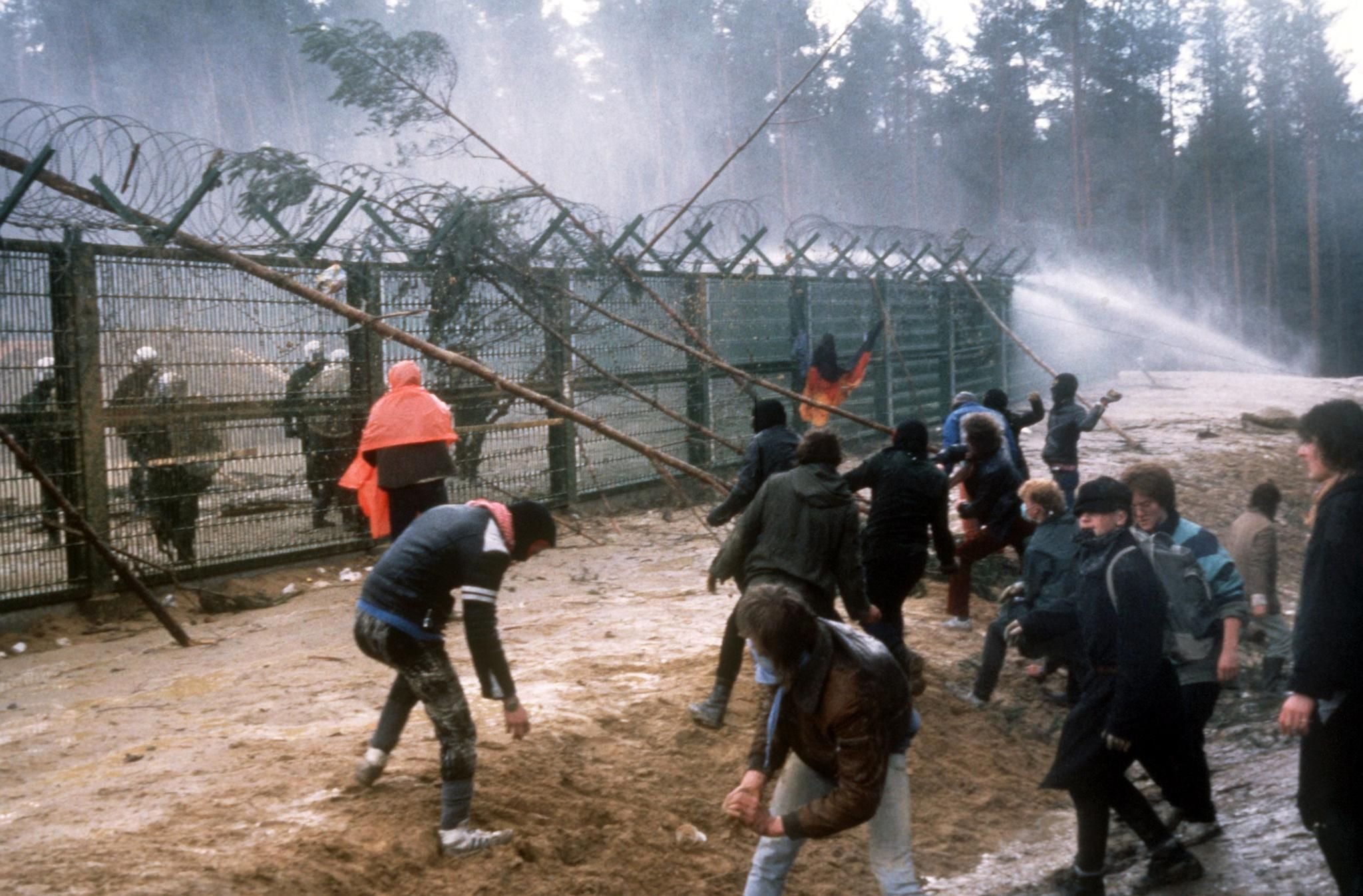Winemakers don’t make history very often. But the Baden wine growers succeeded in 1969. A nuclear power plant was to be built in the Breisach landscape in southern Baden. The winegrowers feared for their crops and took the initiative in protesting against this. In the end, the project operators decided on another site in the area: Whyl. Furnace construction started in 1975.
A few hundred protesters from local citizen groups occupied the construction site, which was promptly vacated by the police. A week later, 28,000 people demonstrated in Weil, after learning of the eviction on television. Good luck. The power plant was never built, also because the dangers of nuclear power gradually became more important to the public.
Resistance grew in the 1970s
In the 1960s, belief in technology was even greater. So-called clean energy proponents would like to cover the country with nuclear reactors. But in the 1970s, resistance to nuclear power grew, buoyed by the success of the anti-nuclear movement in Weil. The community was completely divided on this issue. The protest turned into a mass movement, culminating in large-scale fights between demonstrators and police.
The names of the places where the events took place still stand to this day: Grohnde, Brokdorf, Kalkar, Wackersdorf and, above all, Gorleben. About 30,000 protesters gathered in Brokdorf in Schleswig-Holstein in 1976 to prevent the construction of a nuclear power plant. The protest ended with a full-fledged fight between the police and the participants. There were many casualties on both sides. Ten years later, the reactor is operational although construction has been halted in the meantime.
Mass protests also took place in Grundy and a year later in Kalkar. A small anecdote shows how difficult it is to reconcile opponents and supporters. A supporter suggested building 30 nuclear power plants in Helgoland, because the demonstrators could not interfere with the practice.
A total of 63 nuclear power plants have been put into operation
As a rule, opponents of nuclear energy cannot prevent the construction of reactors. A total of 63 nuclear power plants have been commissioned over time. This also put another question at the heart of the protests. What should be done with the radioactive nuclear waste that is now inevitable?
Supporters wanted to provide an answer to this in Wackersdorf, Bavaria, and set up a reprocessing plant there for spent fuel elements. In 1986, the fiercest battles took place over nuclear energy. In the end, the plant was never built, also because the nuclear disaster at Chernobyl in the same year raised doubts about nuclear power even more.
There is hardly any resistance in the GDR
The German Democratic Republic also relied on nuclear energy. In Lubmin on Greifswalder Bodden, what was temporarily the largest nuclear power plant in Europe was built with six planned reactor blocks. Another nuclear power plant was built in Rheinsberg, Brandenburg. Nuclear power must also be produced in Stendal.
But there was no public outcry. Nuclear power has been widely accepted. Today, co-founder and environmental activist Olaf Freund recalls, there is more resistance to environmental pollution. Only isolated groups resented nuclear power.

“Certified tv guru. Reader. Professional writer. Avid introvert. Extreme pop culture buff.”







More Stories
Club competition: Sport shooters rely on laser technology
Latest technology for community safety – Celler Presse
Open day and career day on May 3: specialized lectures on renewable energies and electric mobility, modern innovative solutions in automation technology and much more.